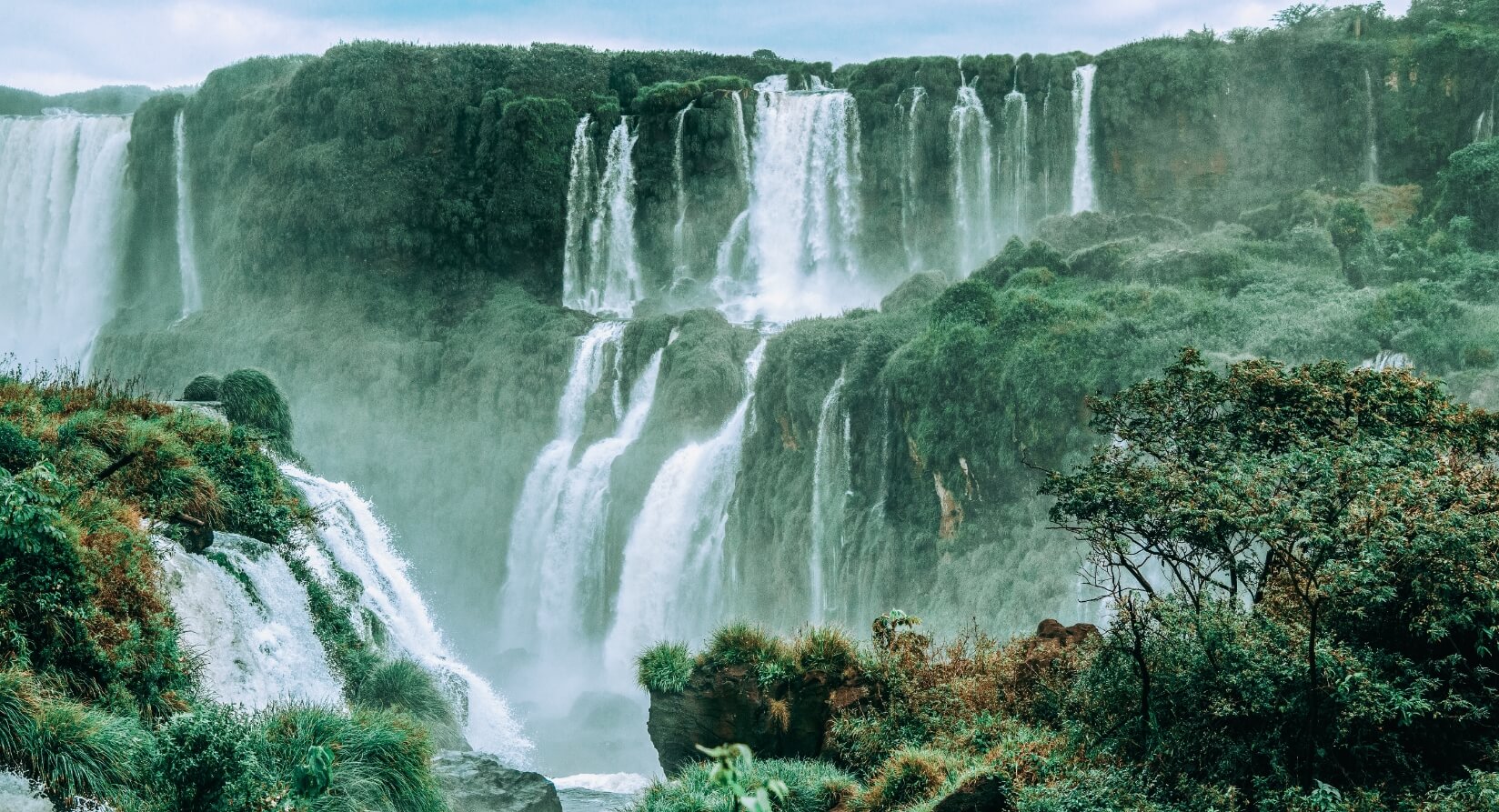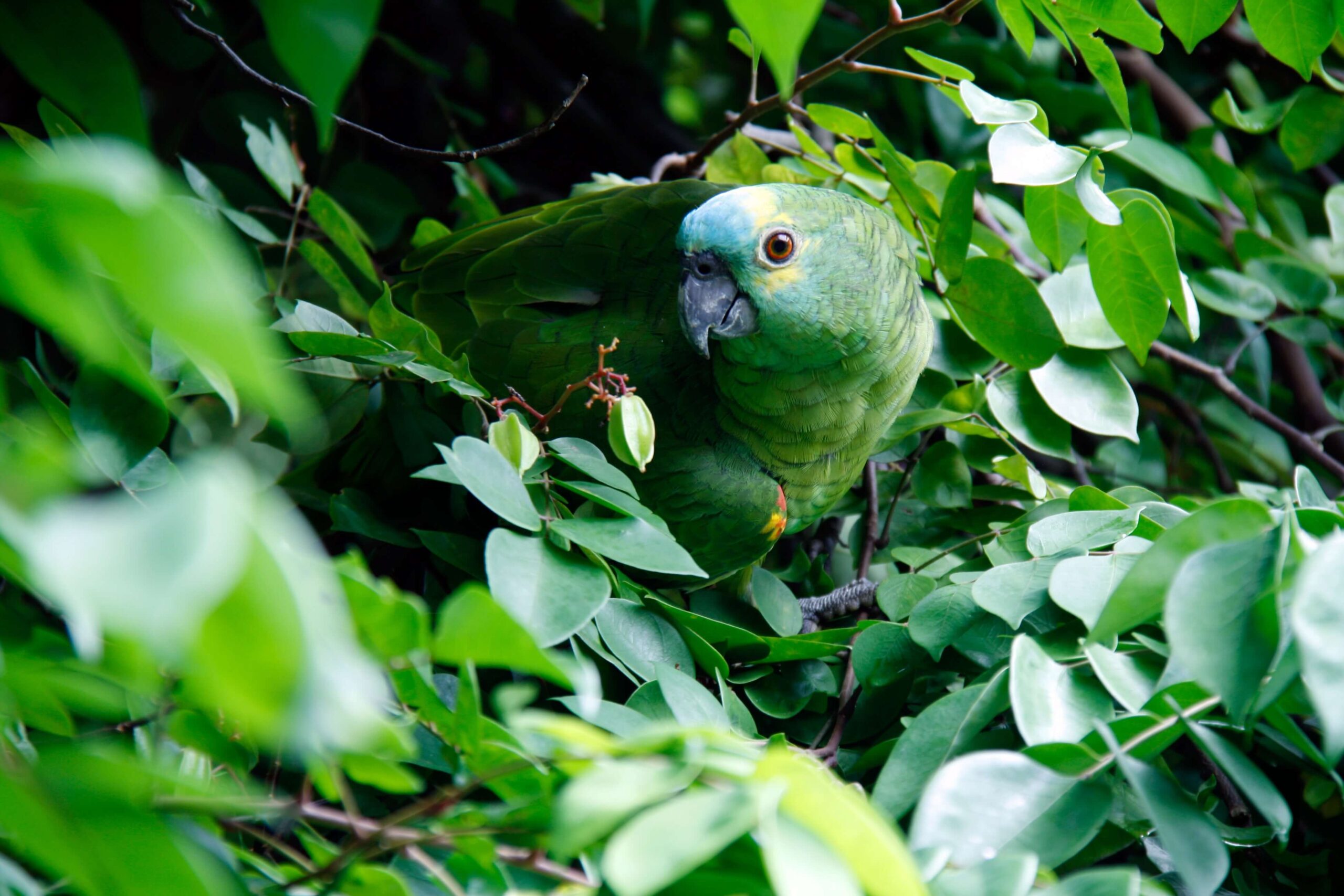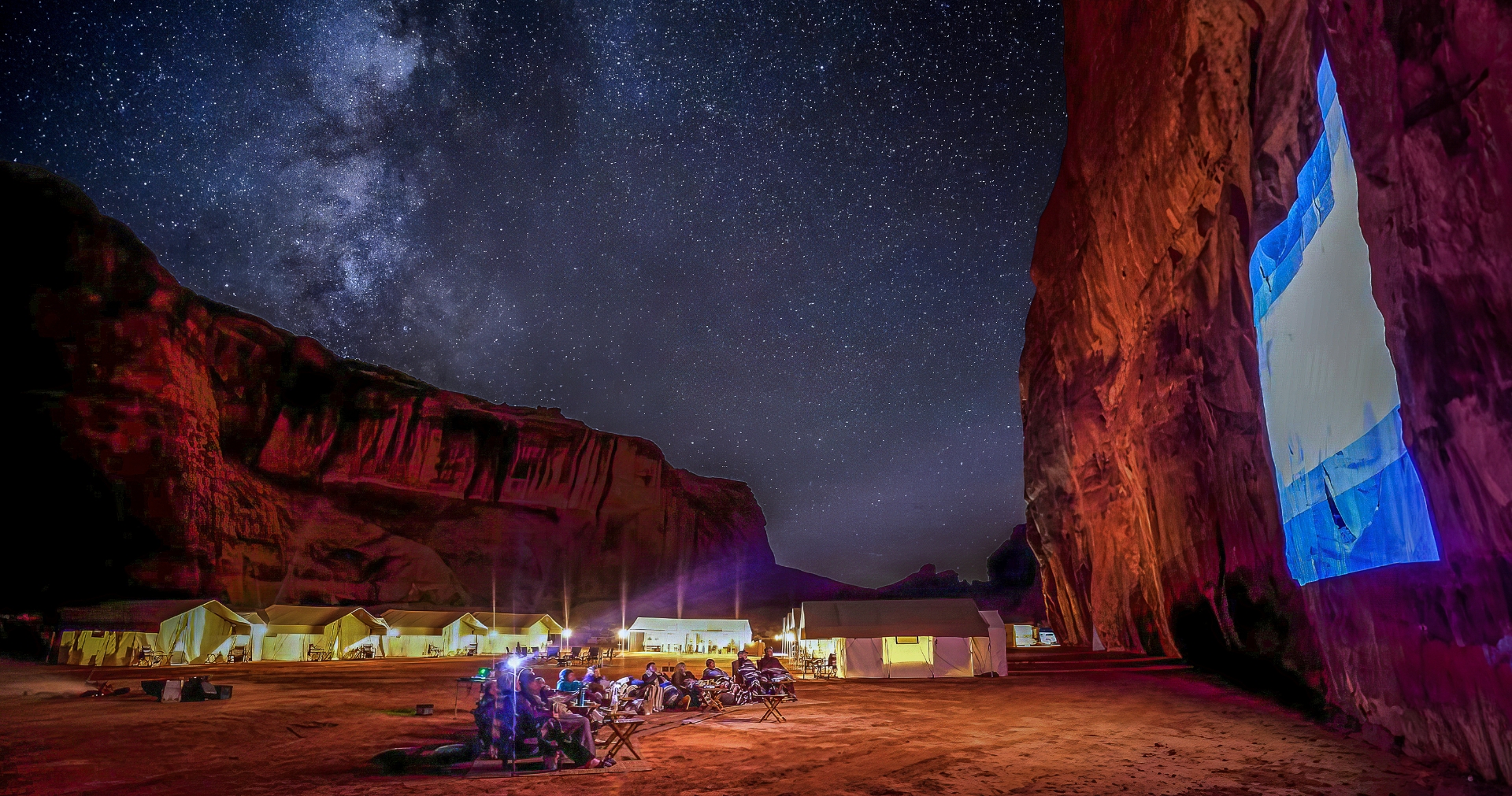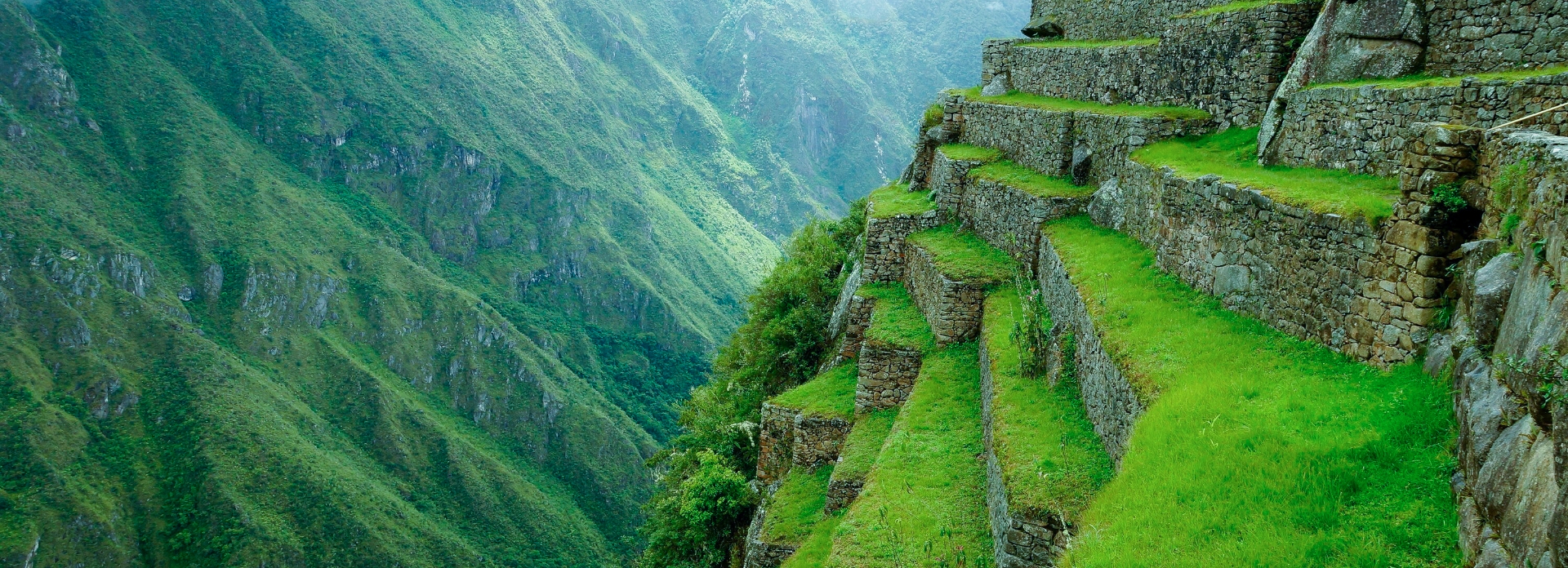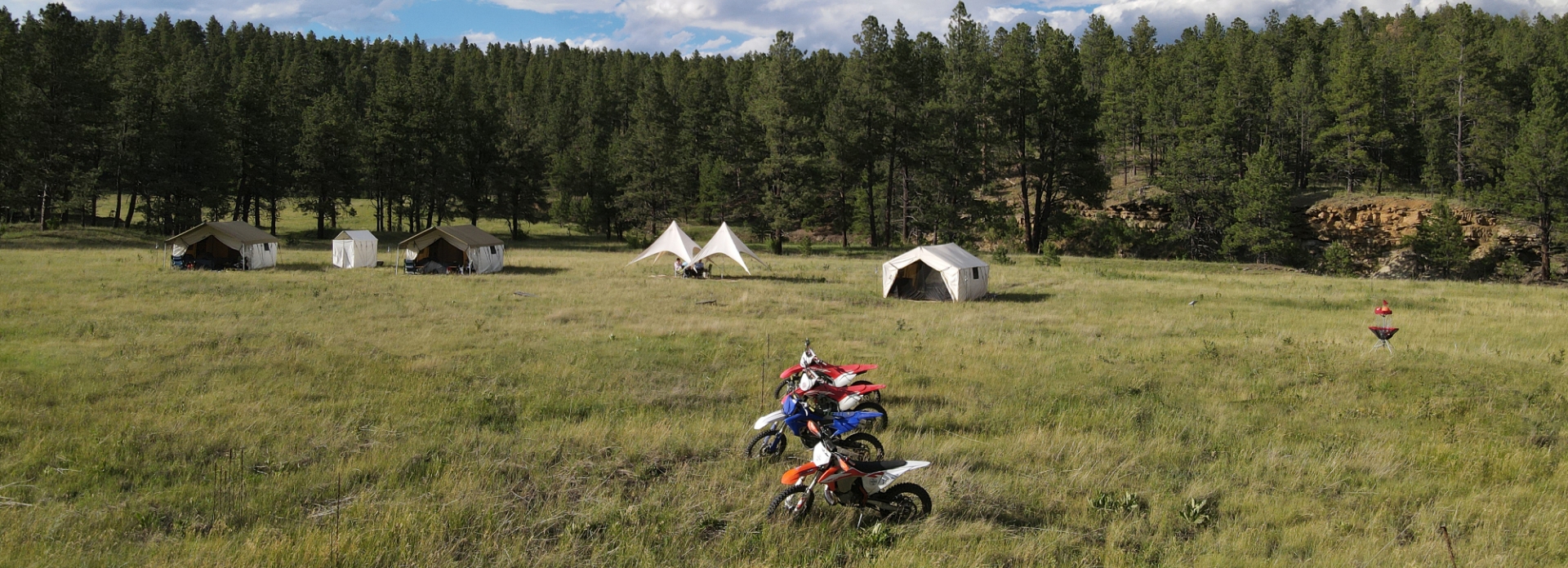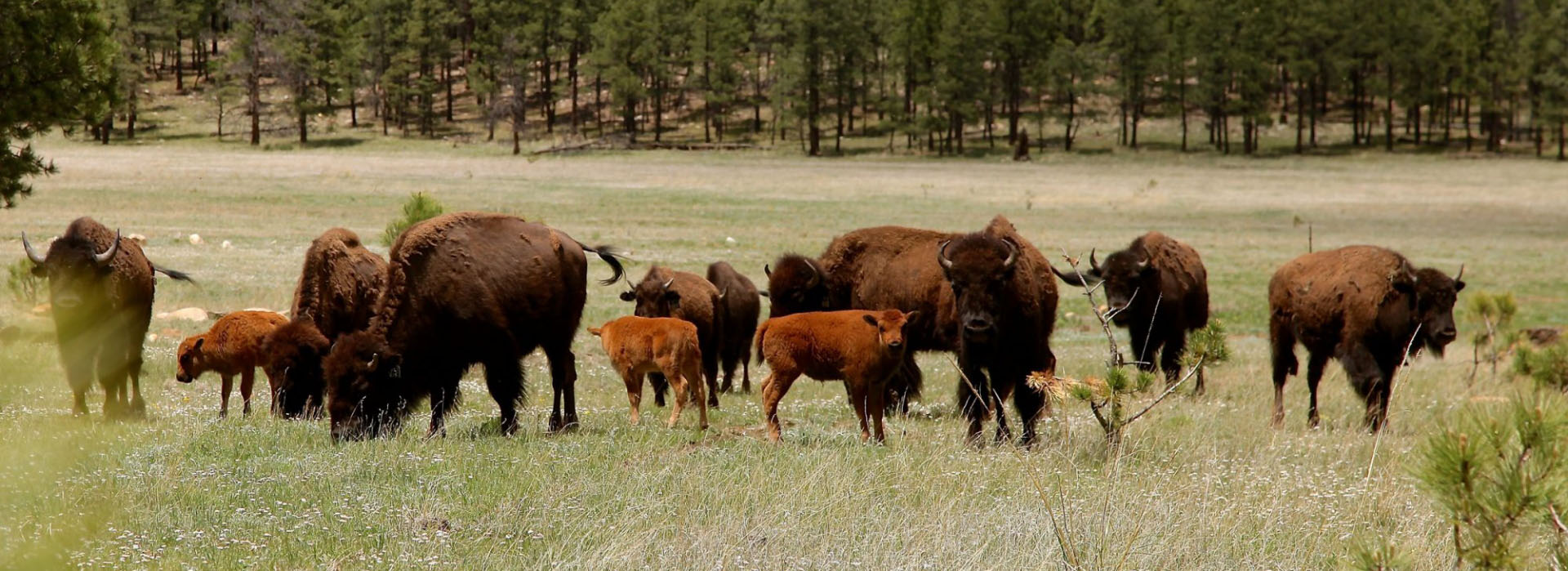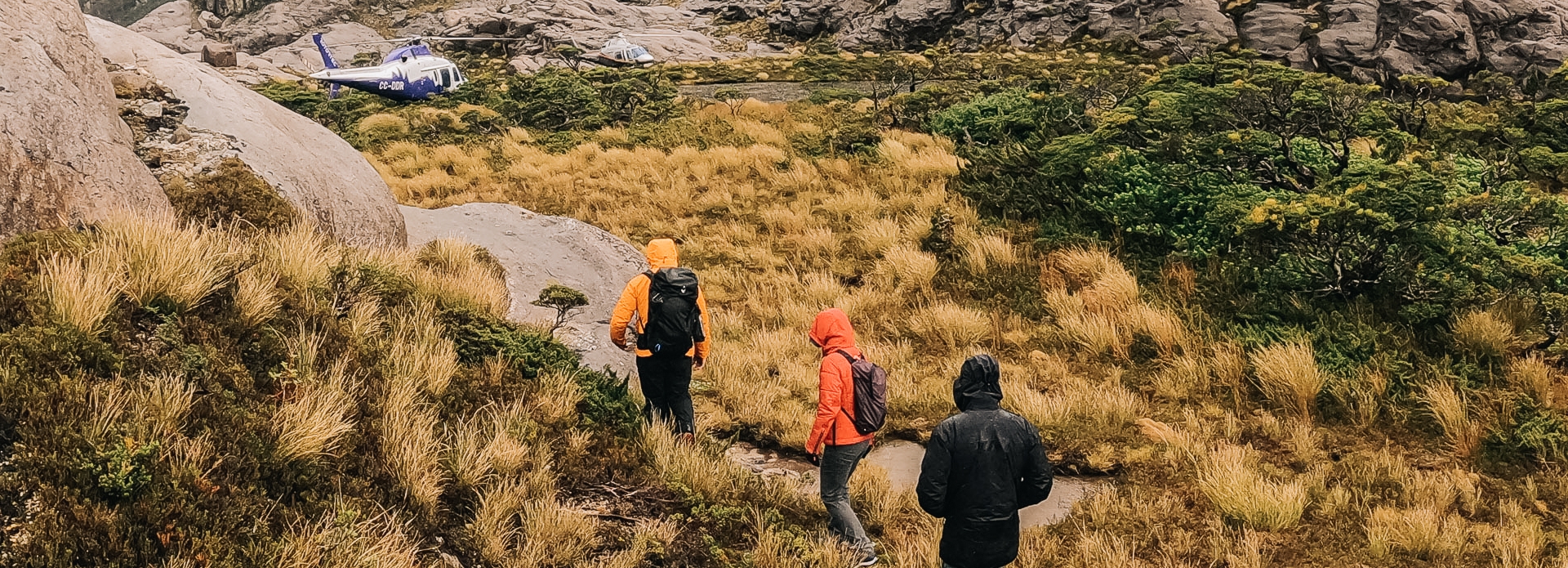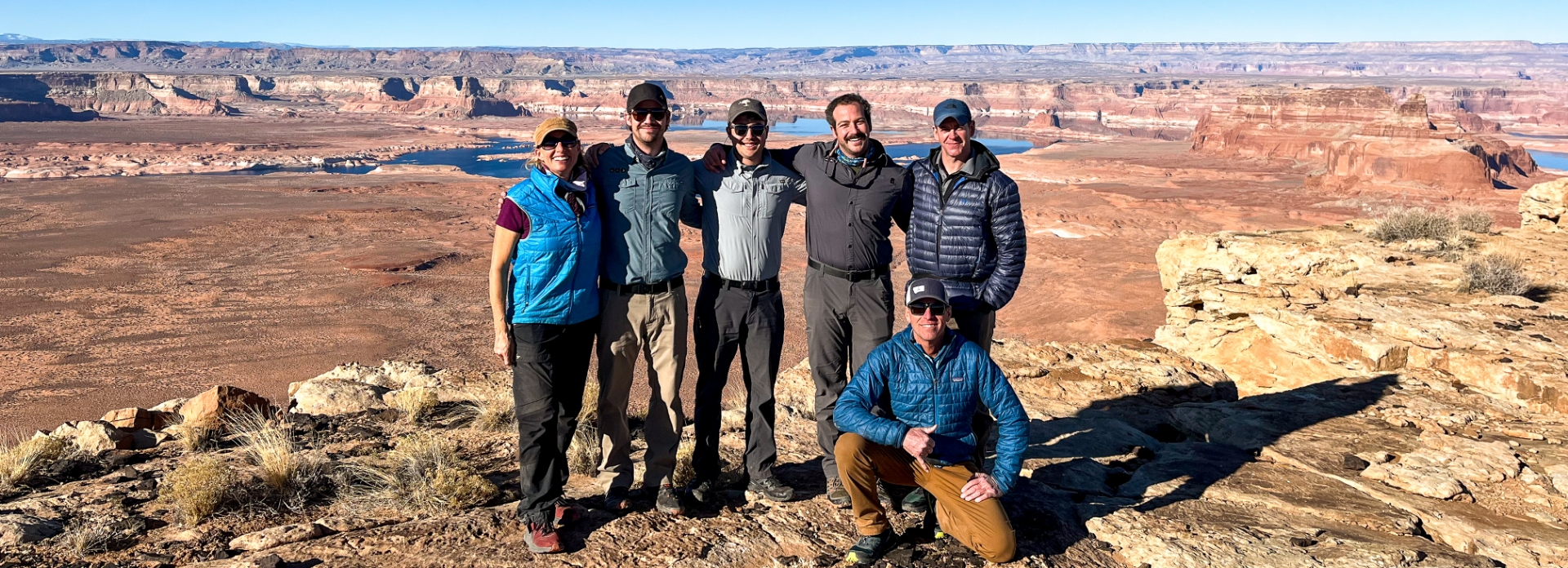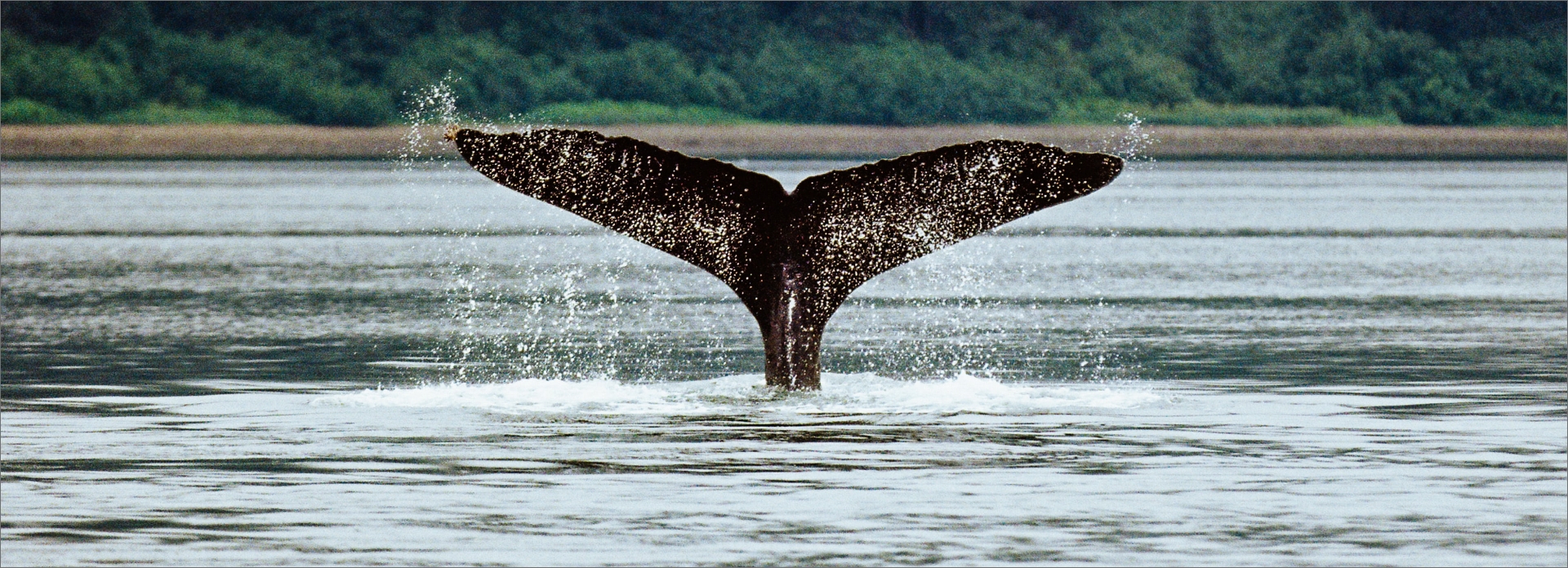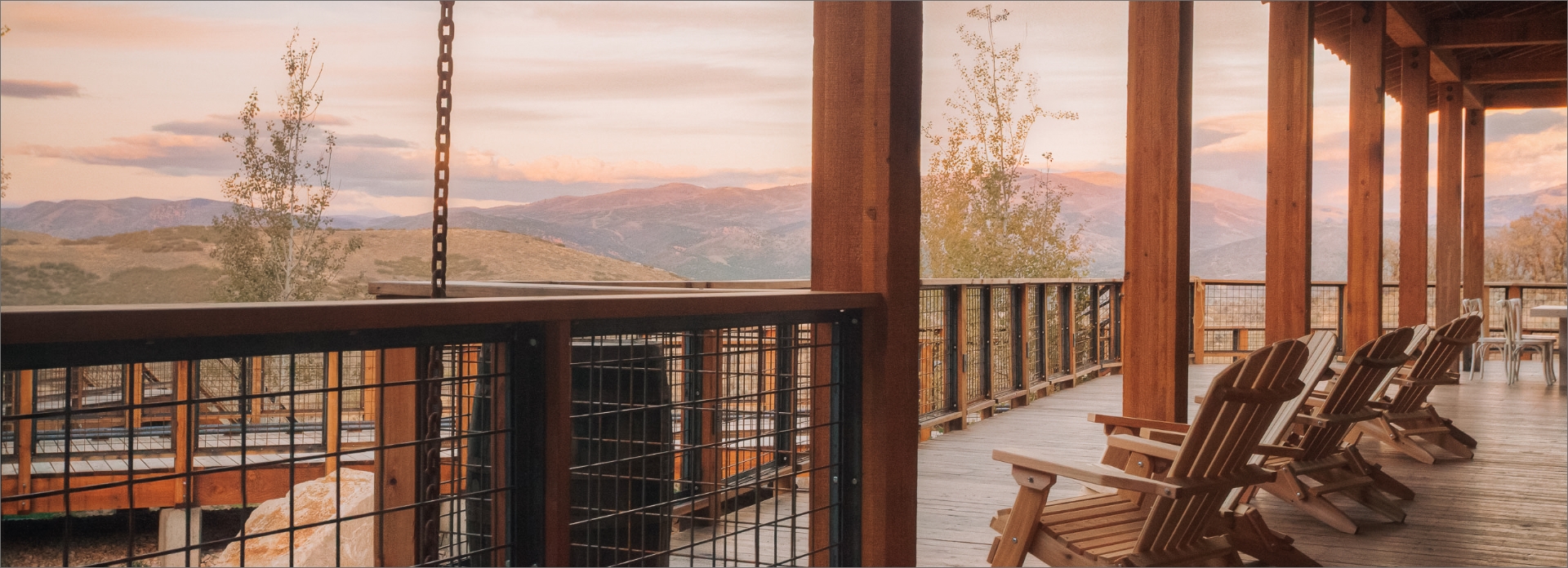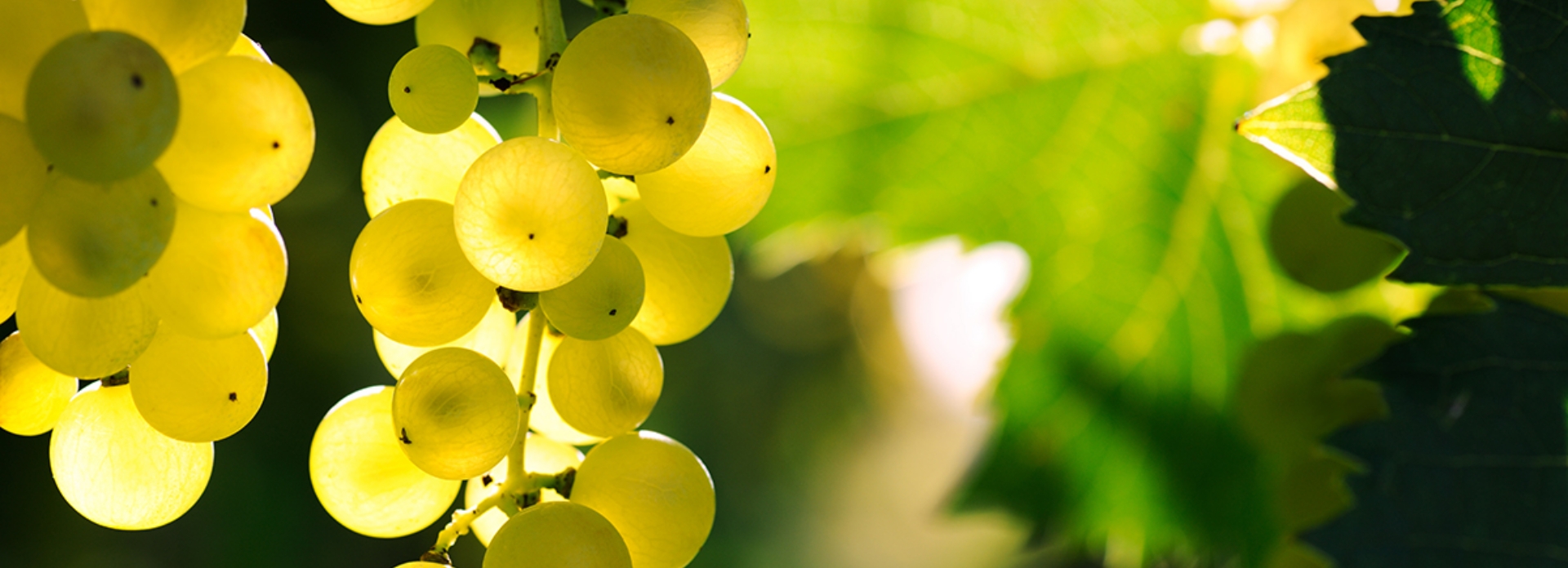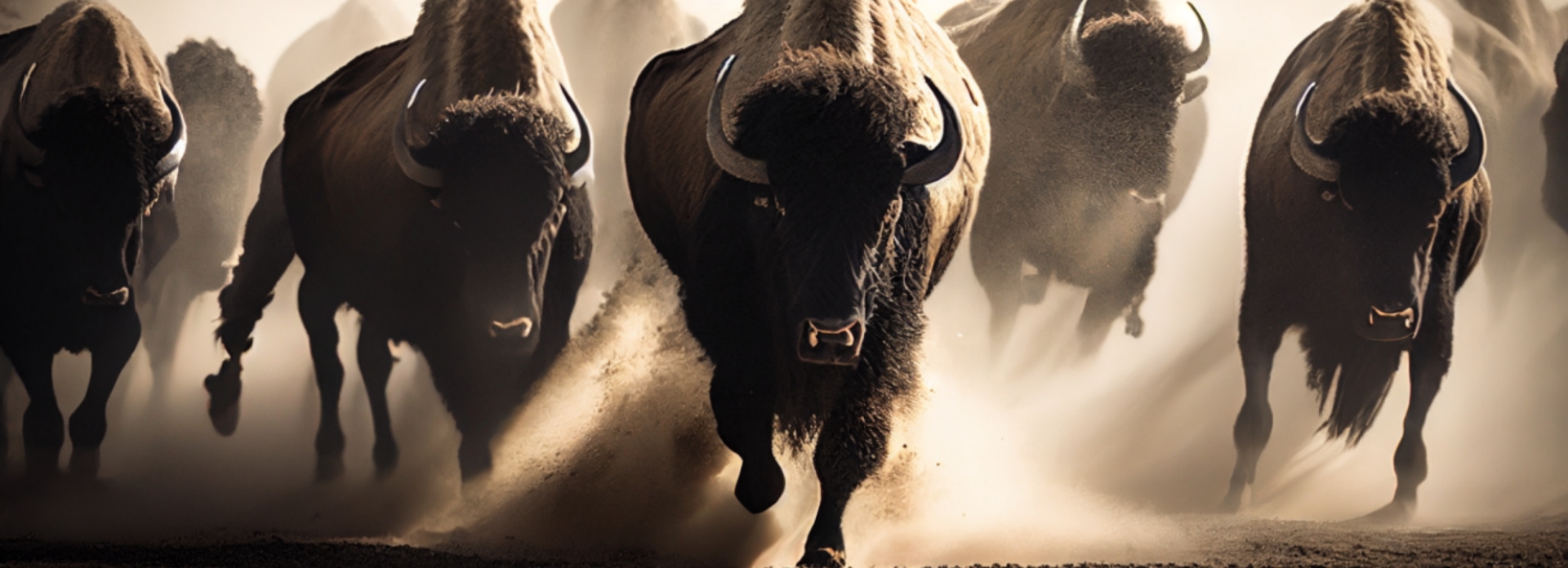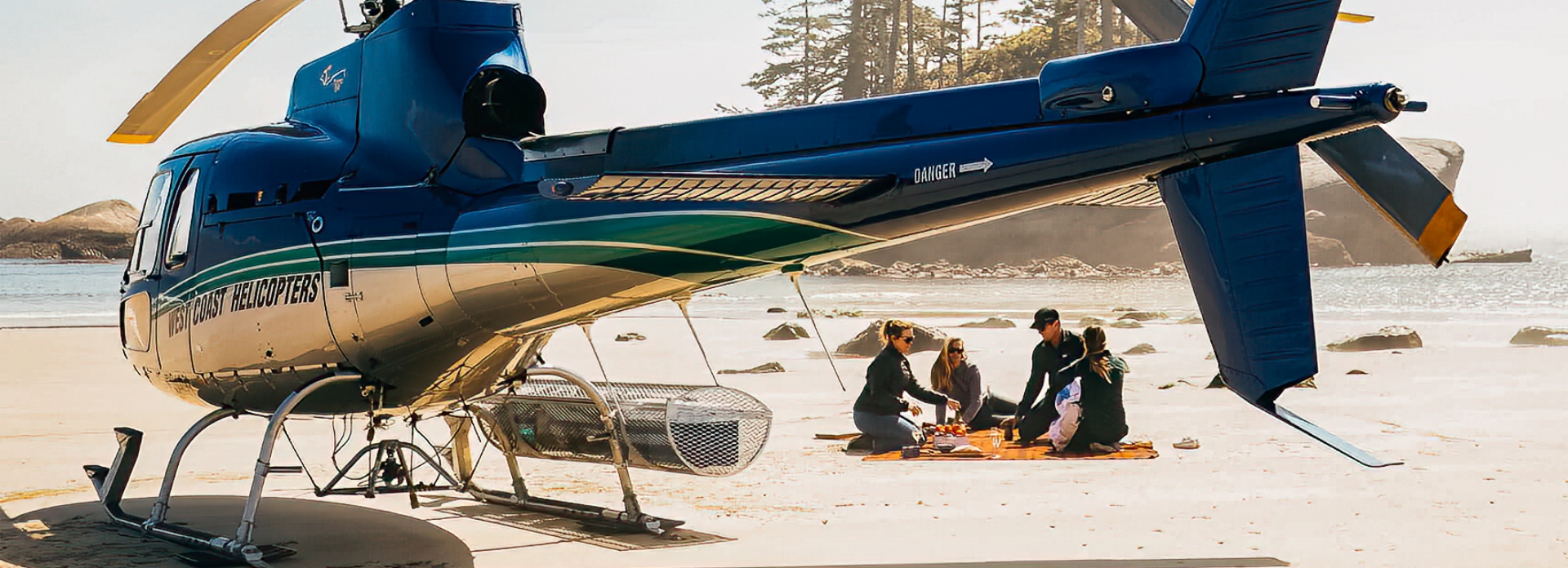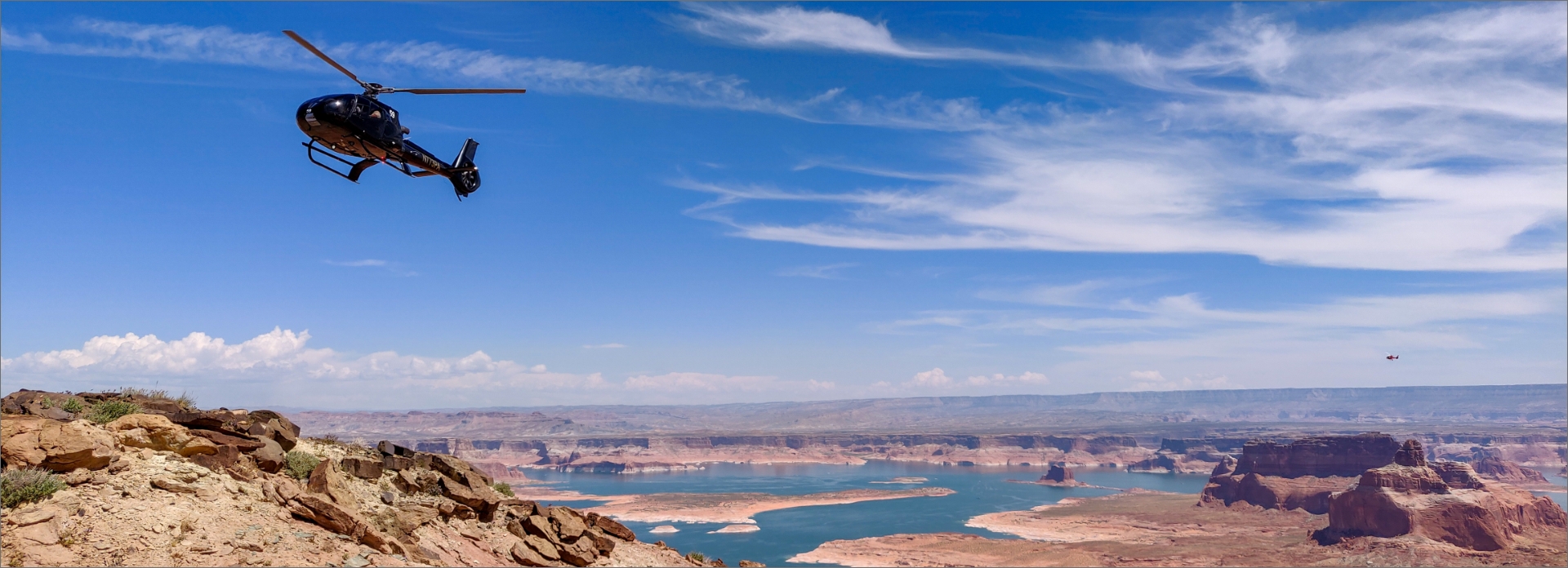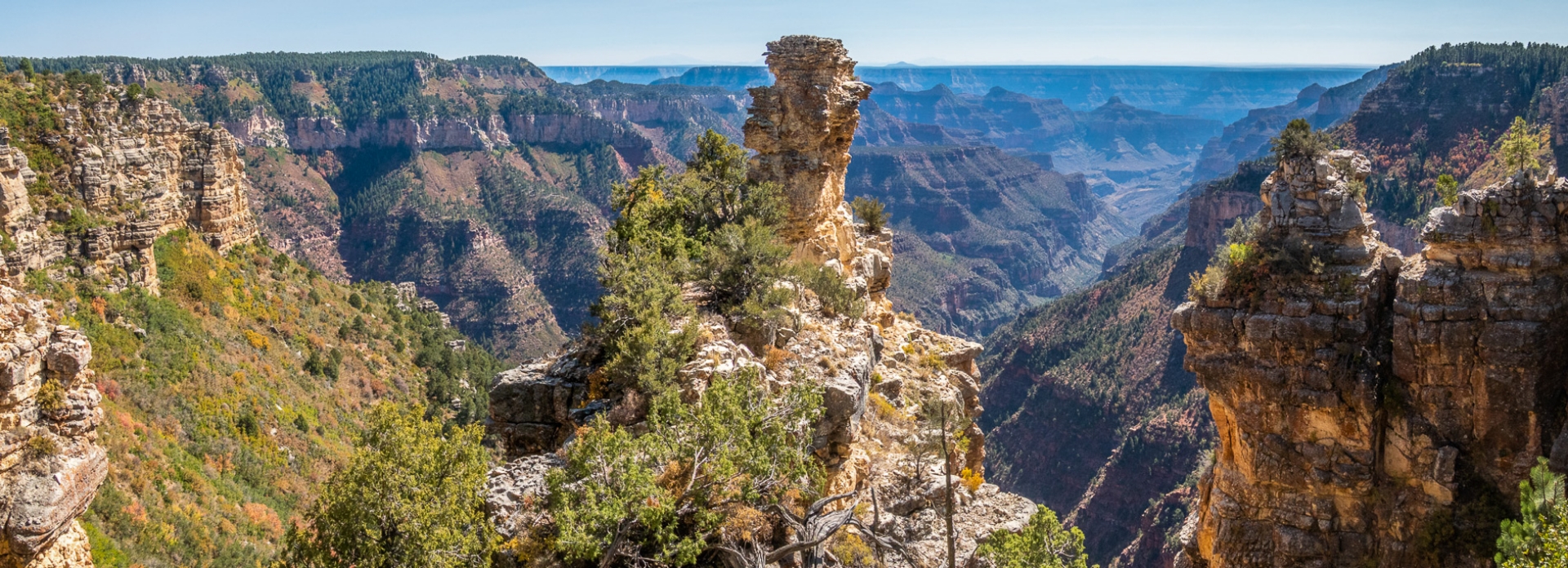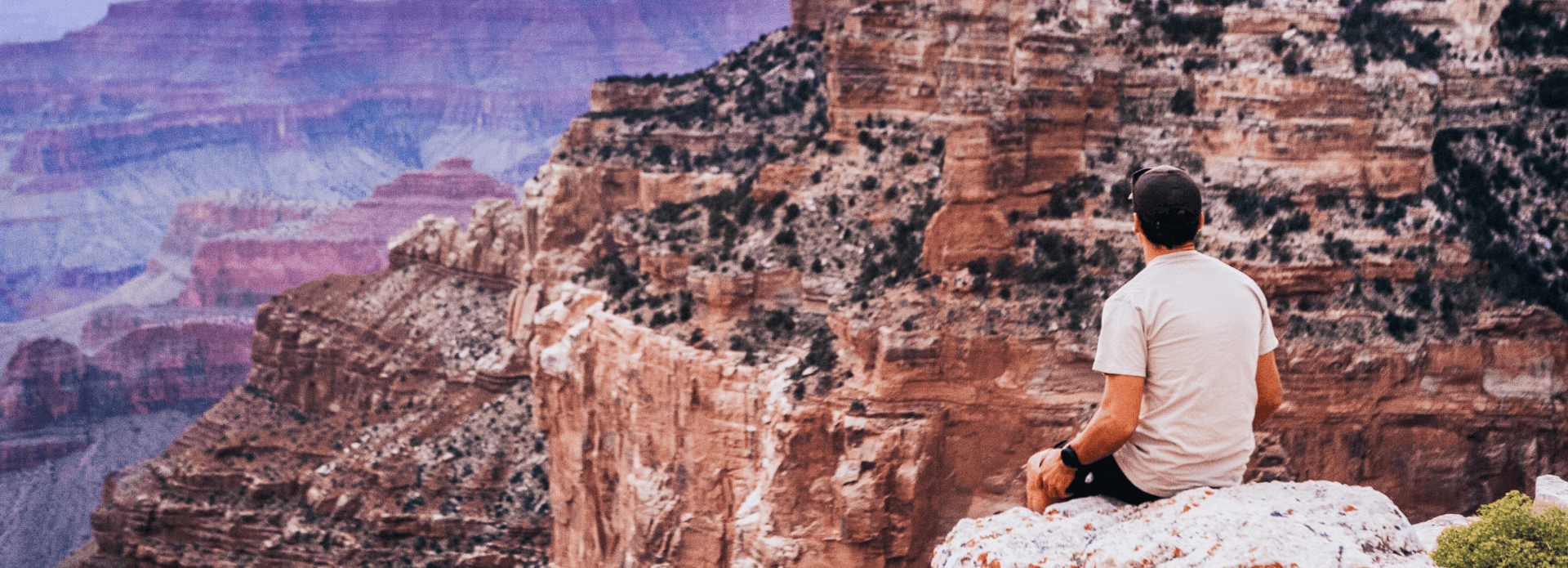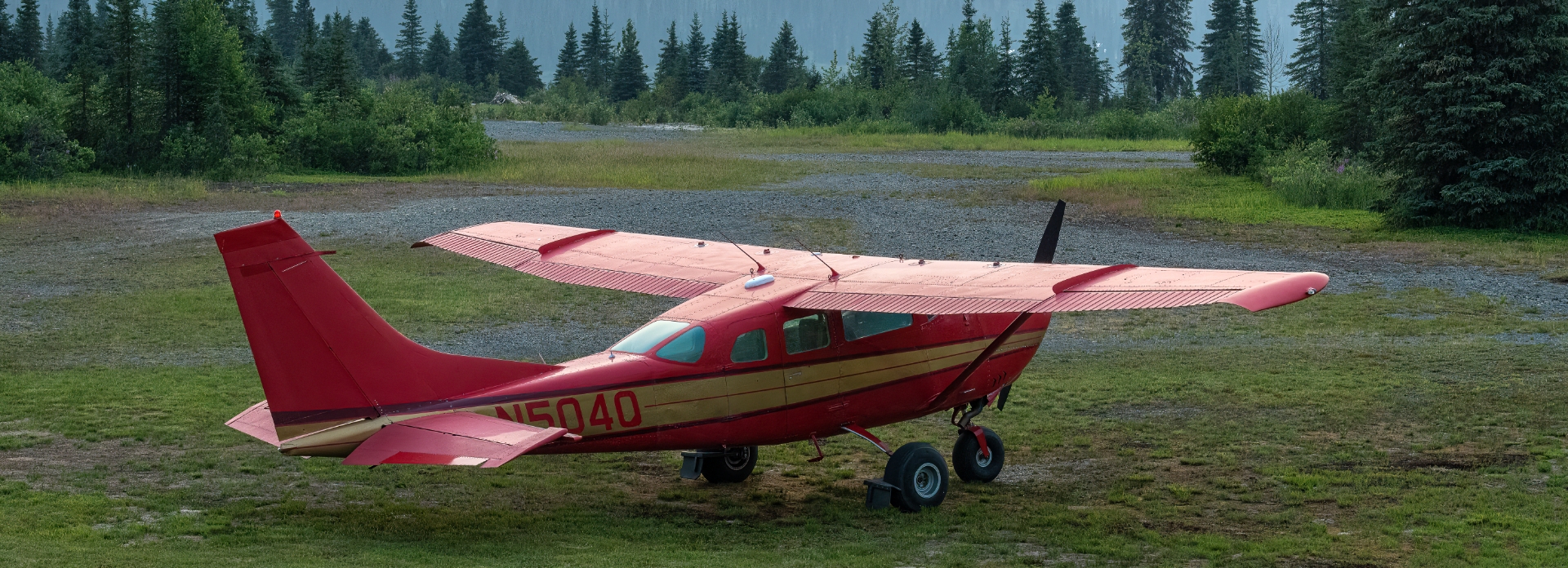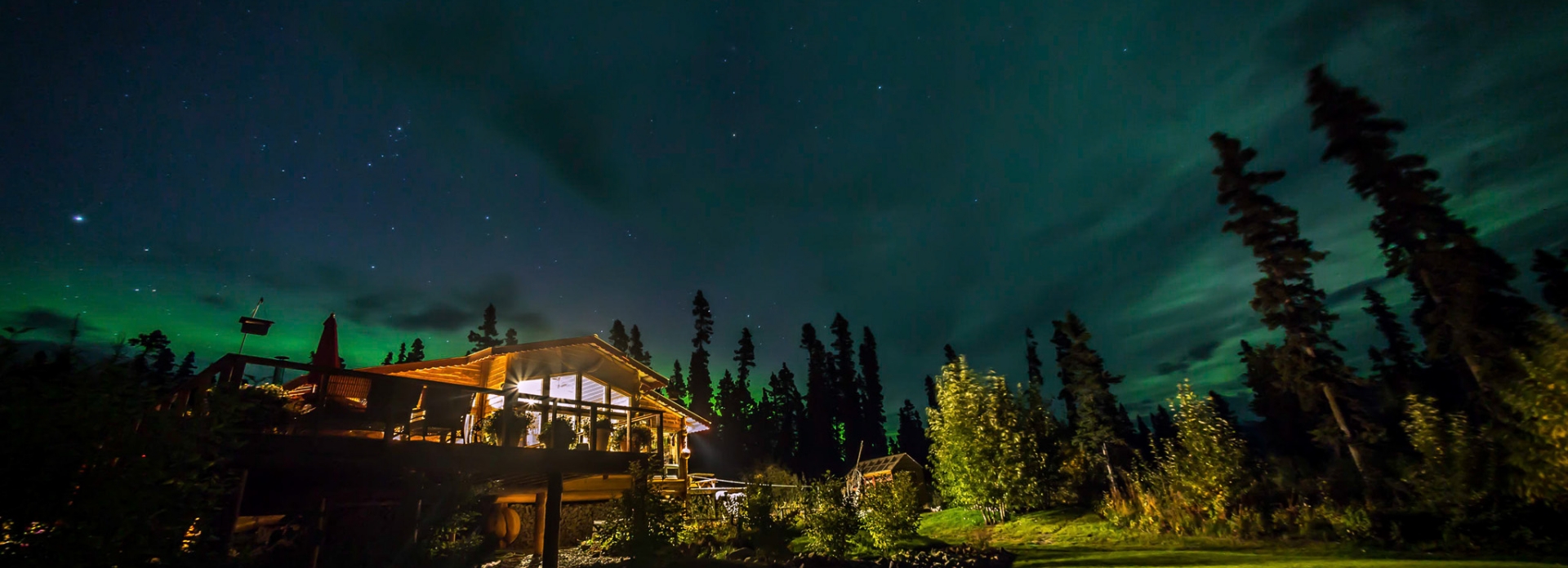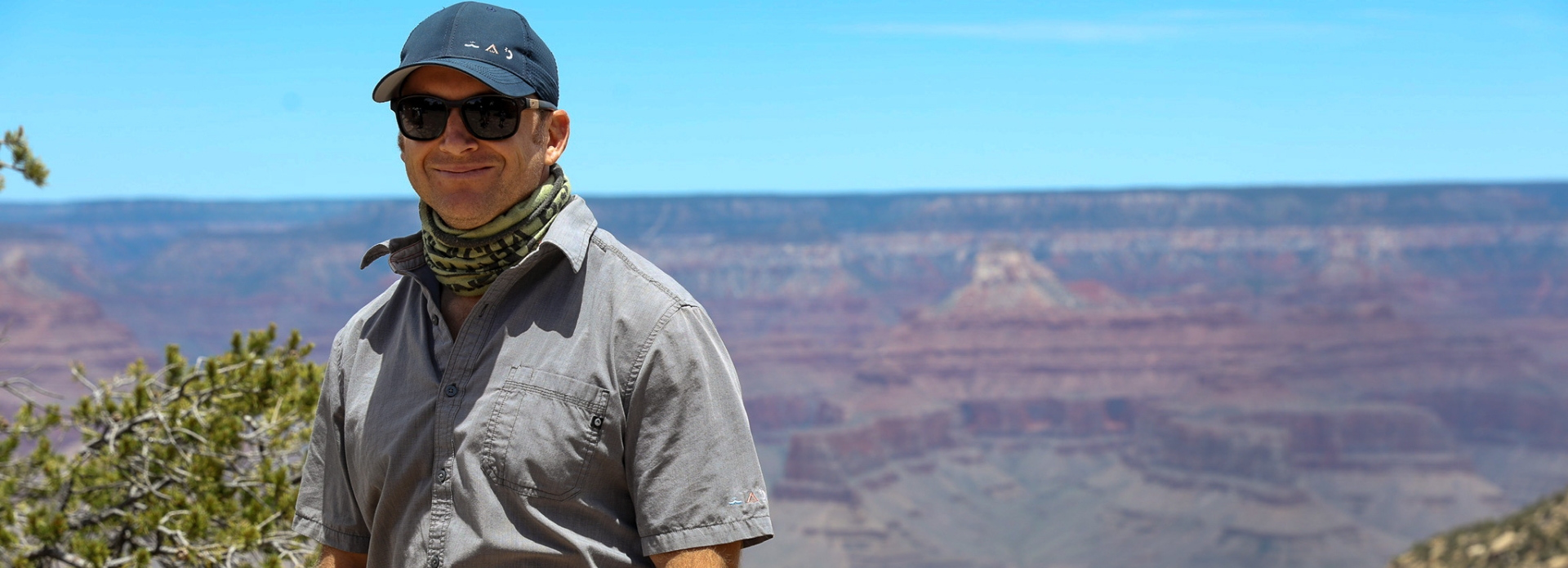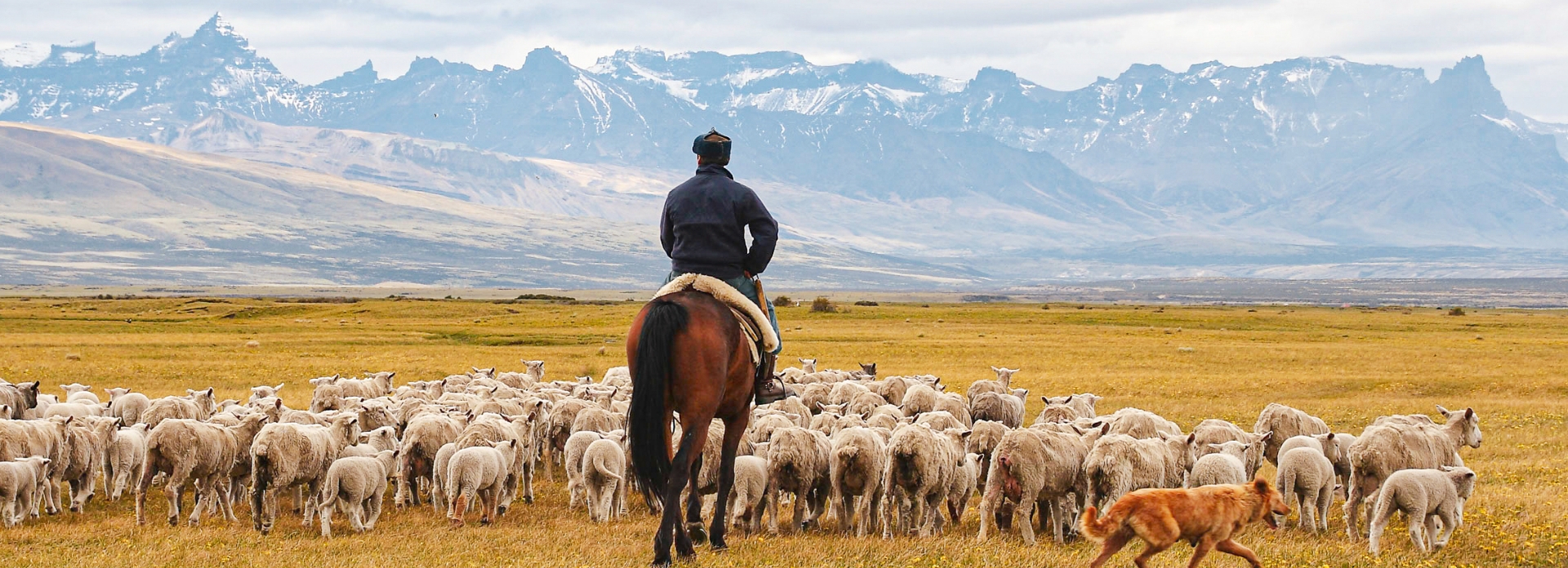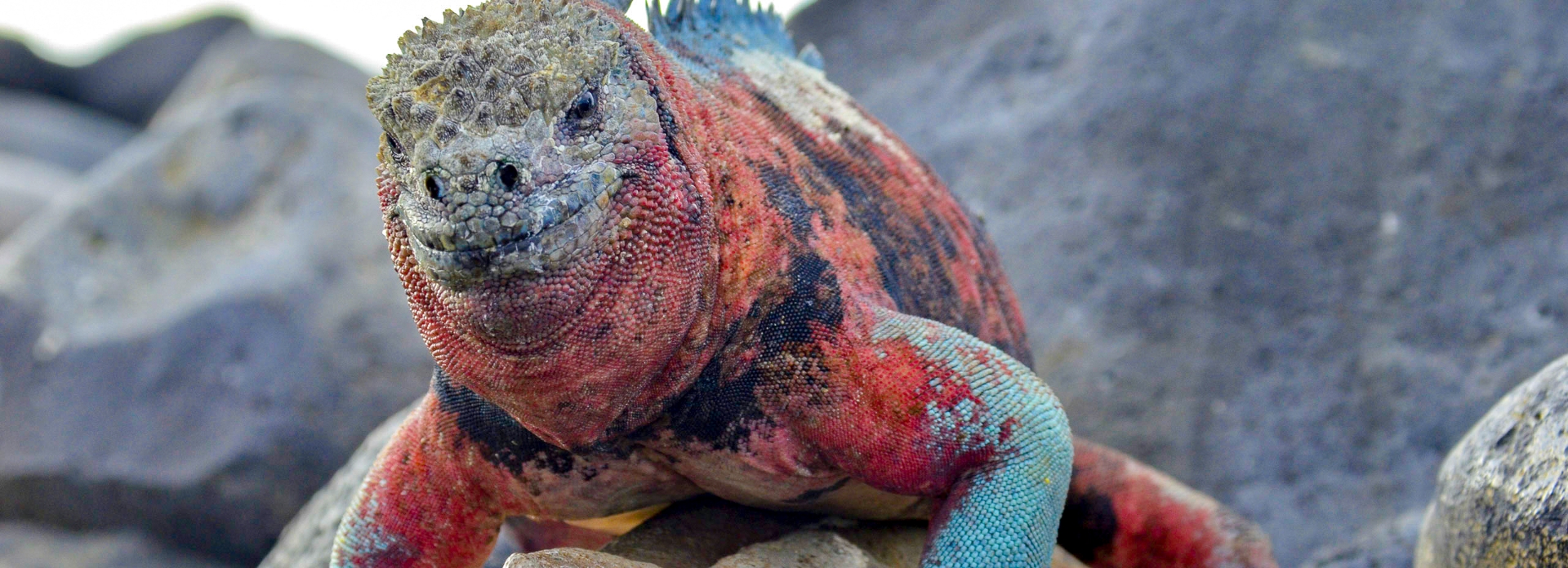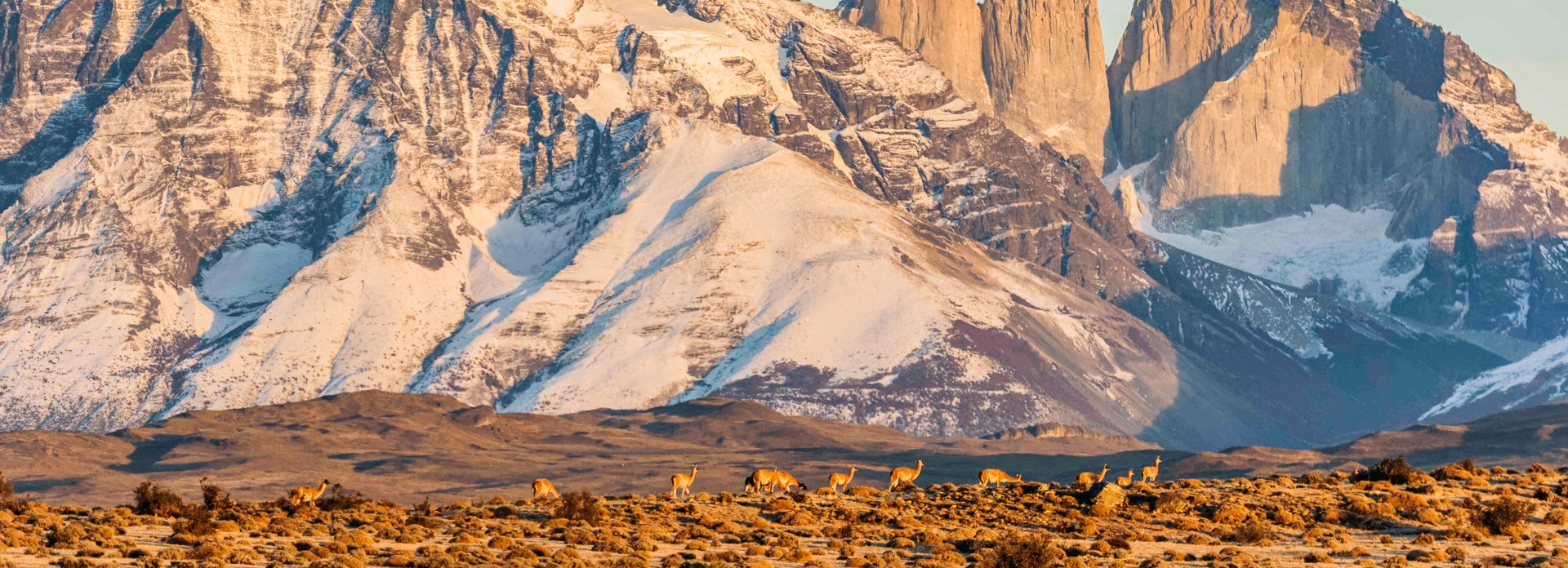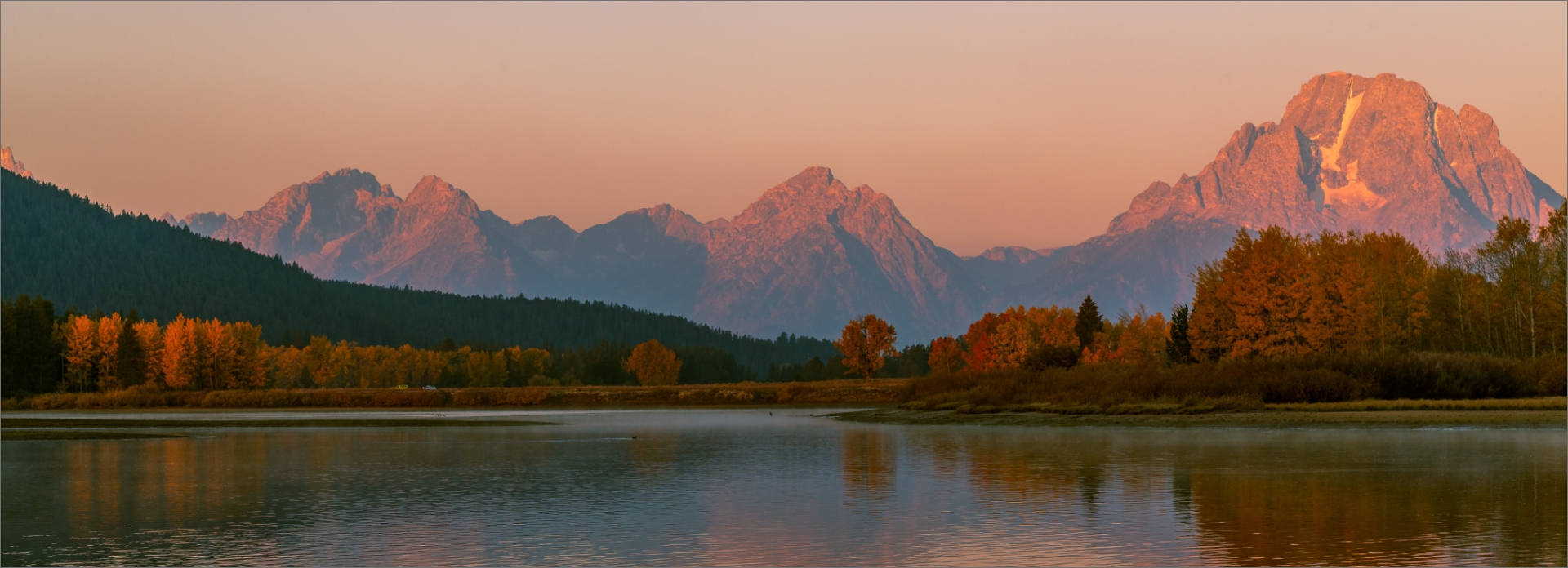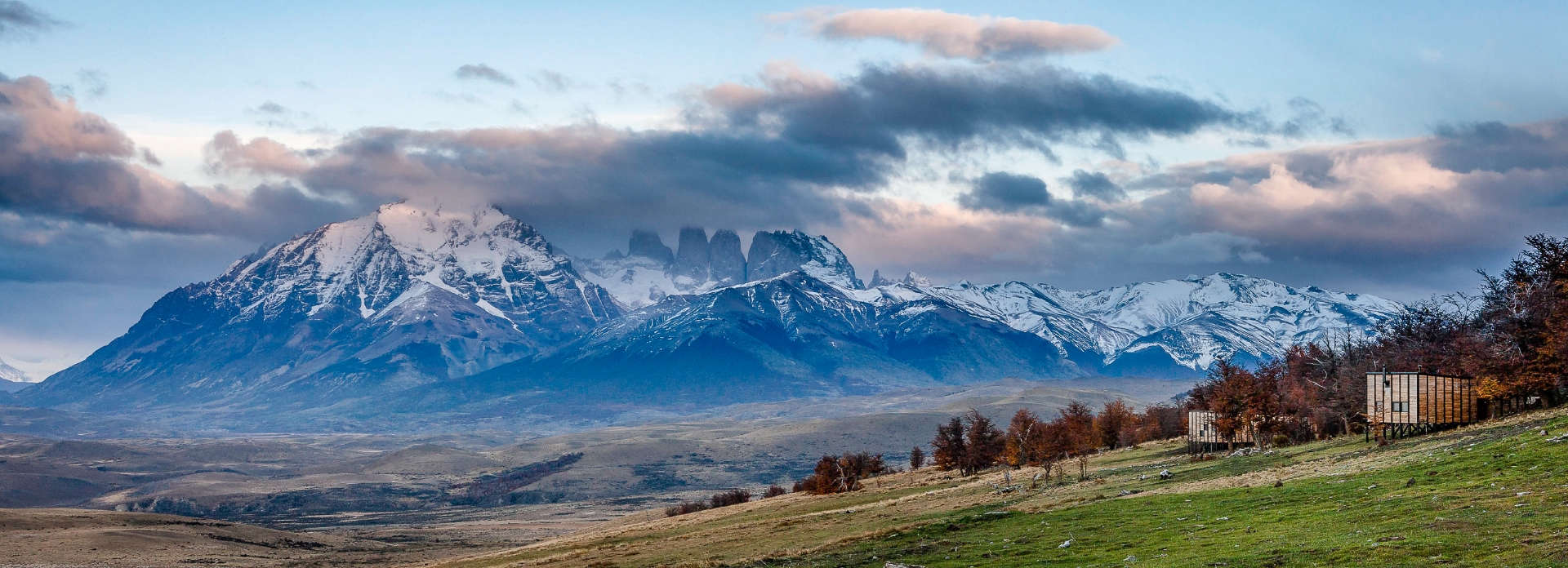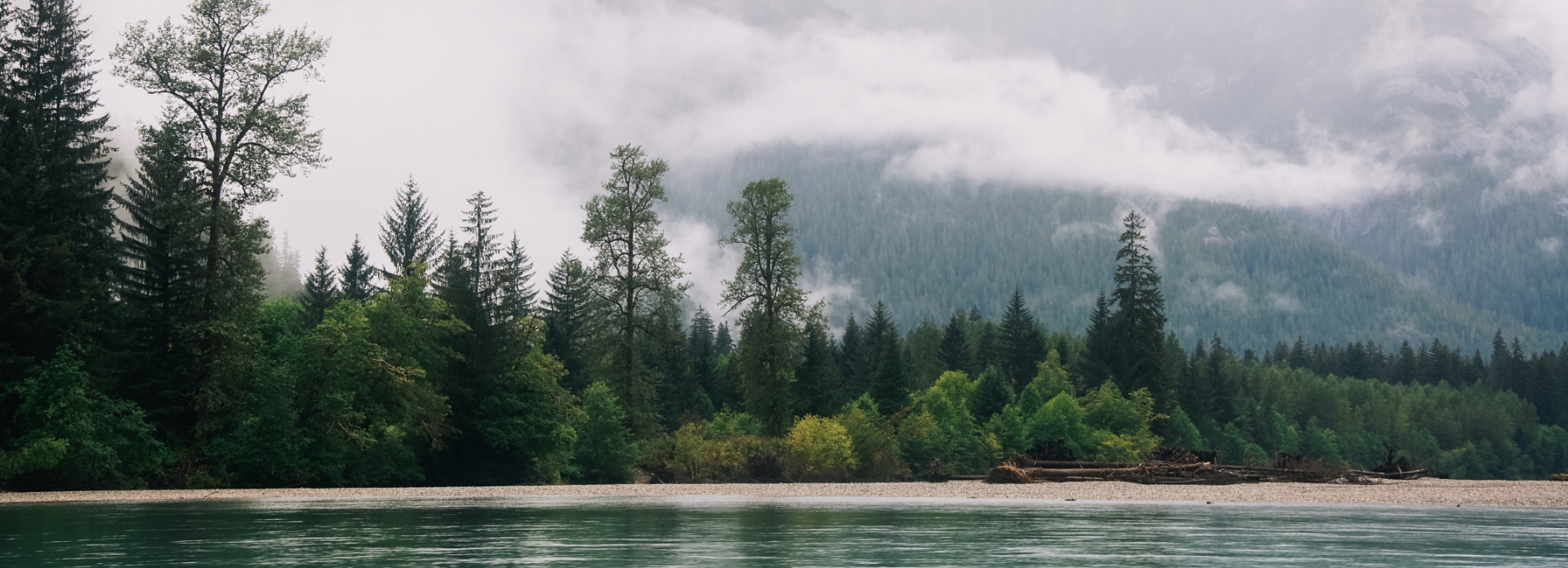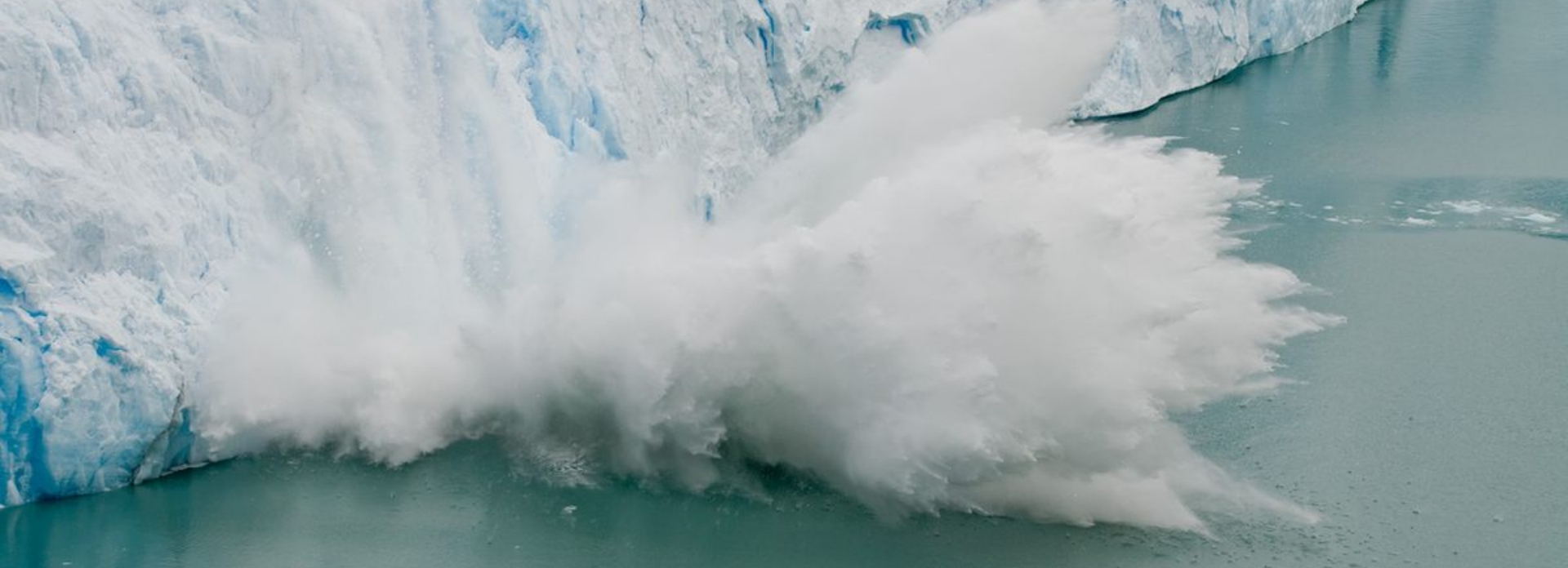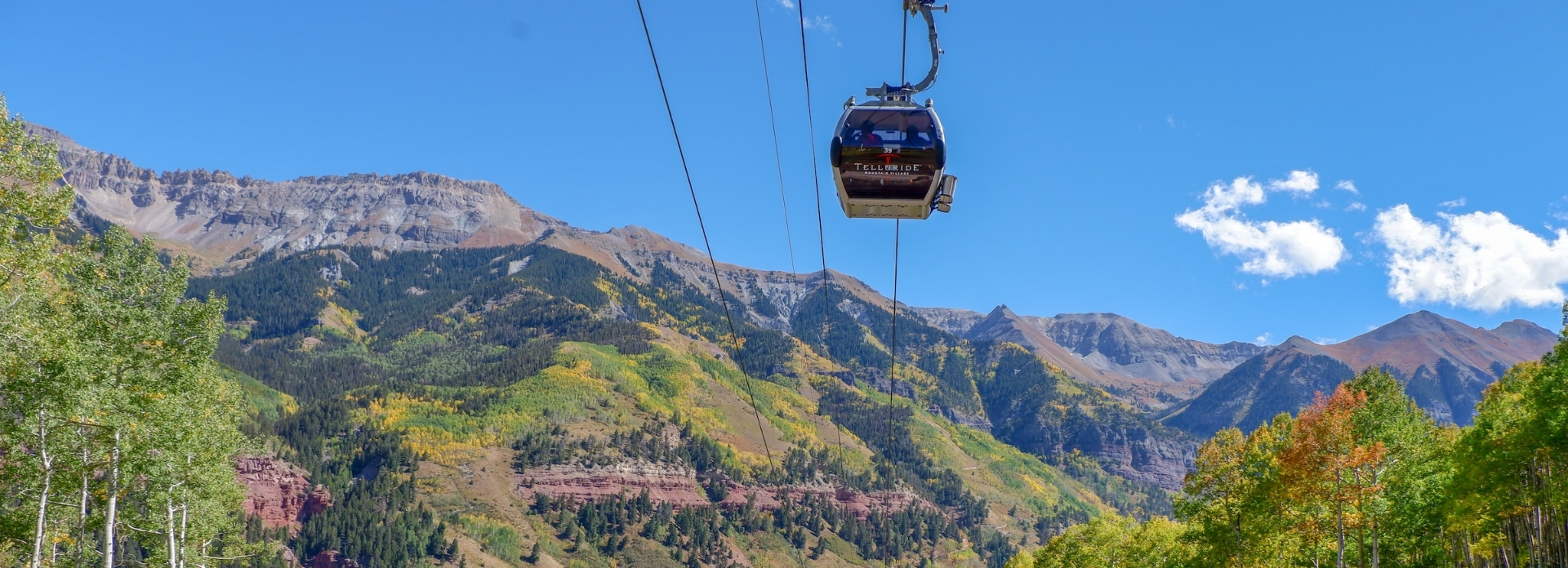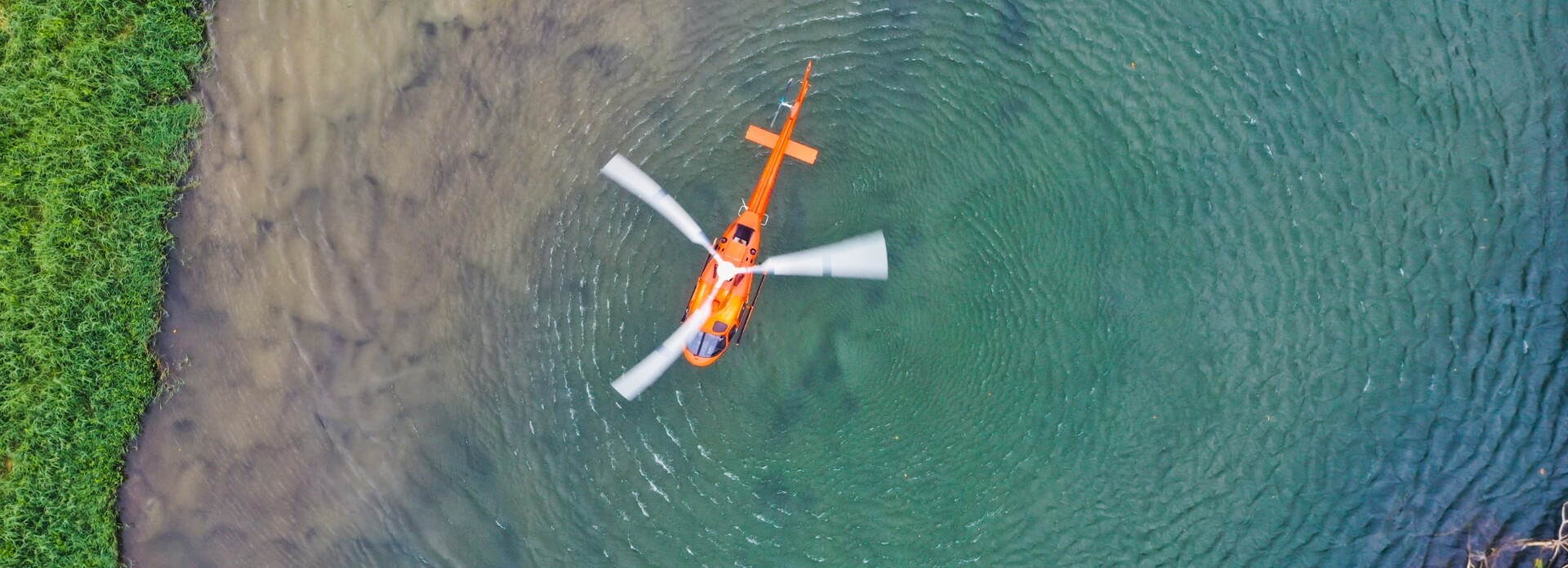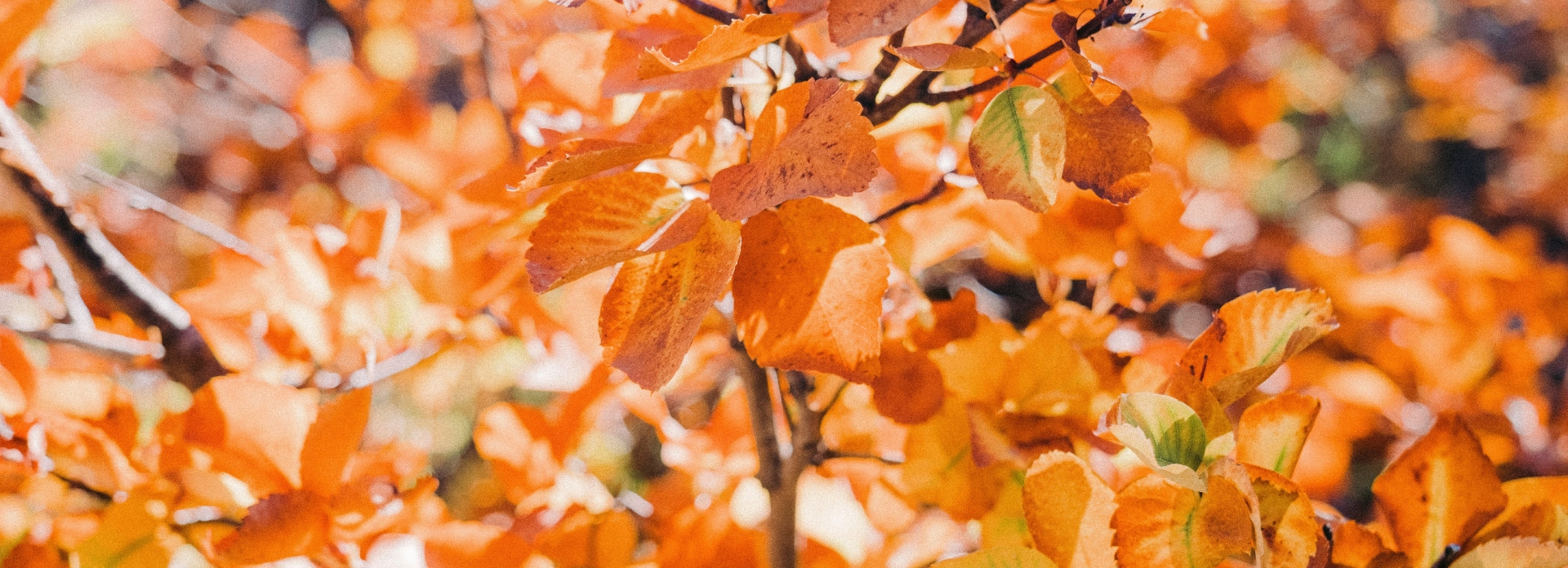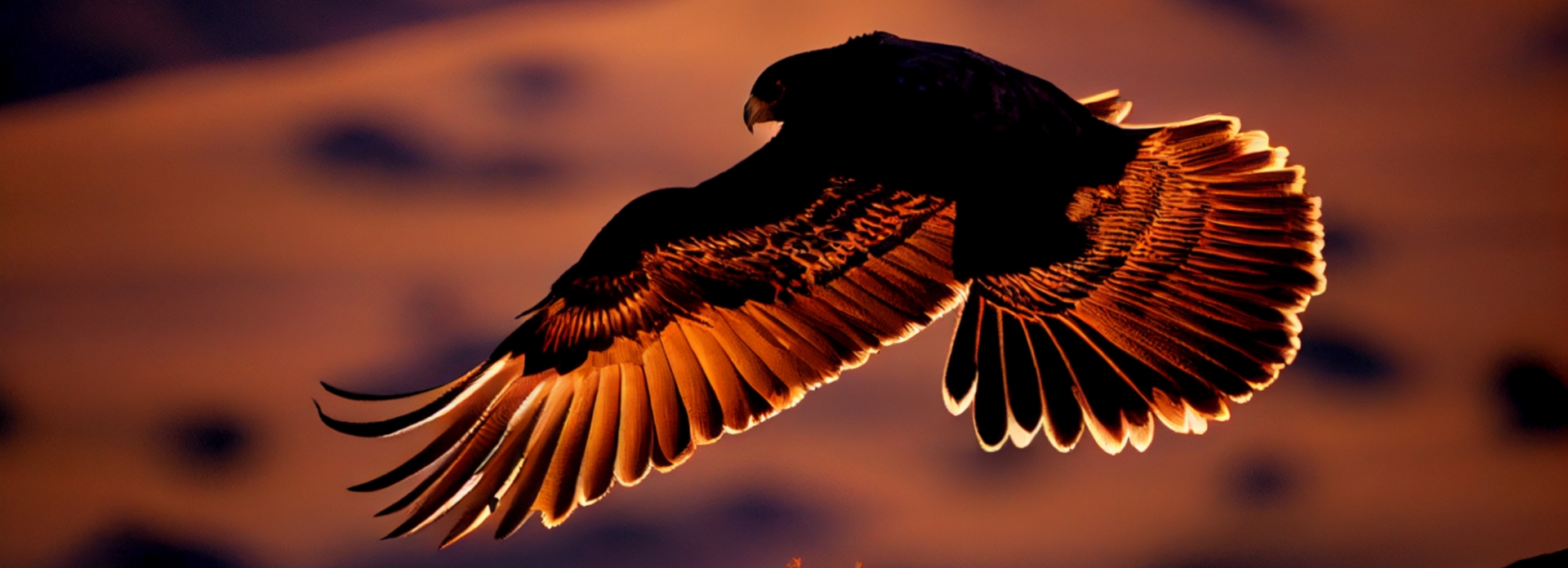Modern Brazil is widely known for indulgent steakhouses, raucous Carnival, and fútbol-crazed fans. But what did the beautifully diverse country look like before colonization and modern culture? Home to the Pantanal wetlands, more than 60% of the world’s most biodiverse rainforest in the world – the Amazon, and at one time around 2,000 indigenous tribes, Brazil offers rich cultural encounters and unique travel experiences.
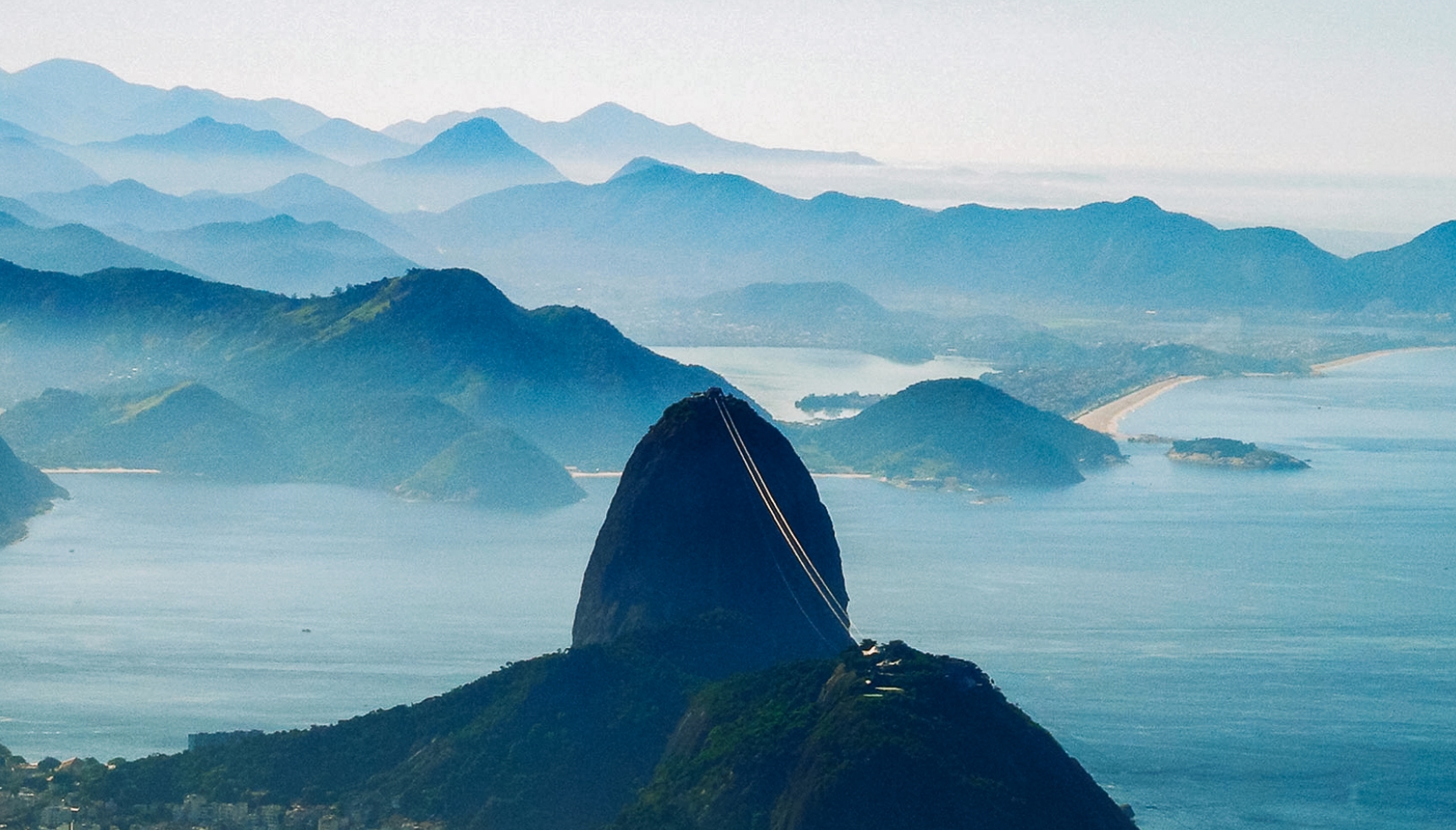
Indigenous Land
Today around 200 indigenous tribes remain in Brazil. The right to inhabit and utilize traditional land is integral to sustaining these tribes. Currently, around 13% of the total land is protected for indigenous people. Although laws are in place to protect their land, indigenous Brazilians still fight illegal mining, deforestation, and commercial farming. Indigenous land rights go hand in hand with the protection of Brazilian biodiversity. Many tribes practice farming in the forest for a designated period and then stop farming to allow the land to return to its natural state. This sustainable farming system, practiced by indigenous farmers, rejuvenates the land and keeps commercial farmers from destroying the rainforest.


Preservation
Brazil is the most biodiverse country in the world, home to 20% of the world’s animal and plant species. The 1999 Environmental Crimes Law of Brazil provided protection to wildlife and plants, focusing on endangered species. These laws are crucial to ending deforestation and poaching that could result in dieback of the Amazon rainforest and further endangerment of animals. There are many animal sanctuaries that allow for the observance and education of these endangered species. Conscious travel encourages educational and eye-opening experiences for travelers seeking to make an impact.
Conscious Travel
Unfortunately, much of Brazil’s biodiversity and indigenous culture has been threatened by unsustainable tourism practices. Many tourists visit Brazil without prior knowledge of the country’s delicate ecosystem and do not travel with guides who have the information necessary to travel consciously. However, conscious travel is on the rise, and you can now travel internationally with peace of mind. Guided travel is an excellent way to make sure you are traveling consciously. Travel guides can direct you to the best eco-conscious accommodations and sustainable experiences that allow visitors to discover all the wonders Brazil has to offer while protecting the environment and biodiversity. When supporting local businesses and vendors, those resources are reinvested into the local economy and contribute to the preservation of Brazil’s biodiversity.
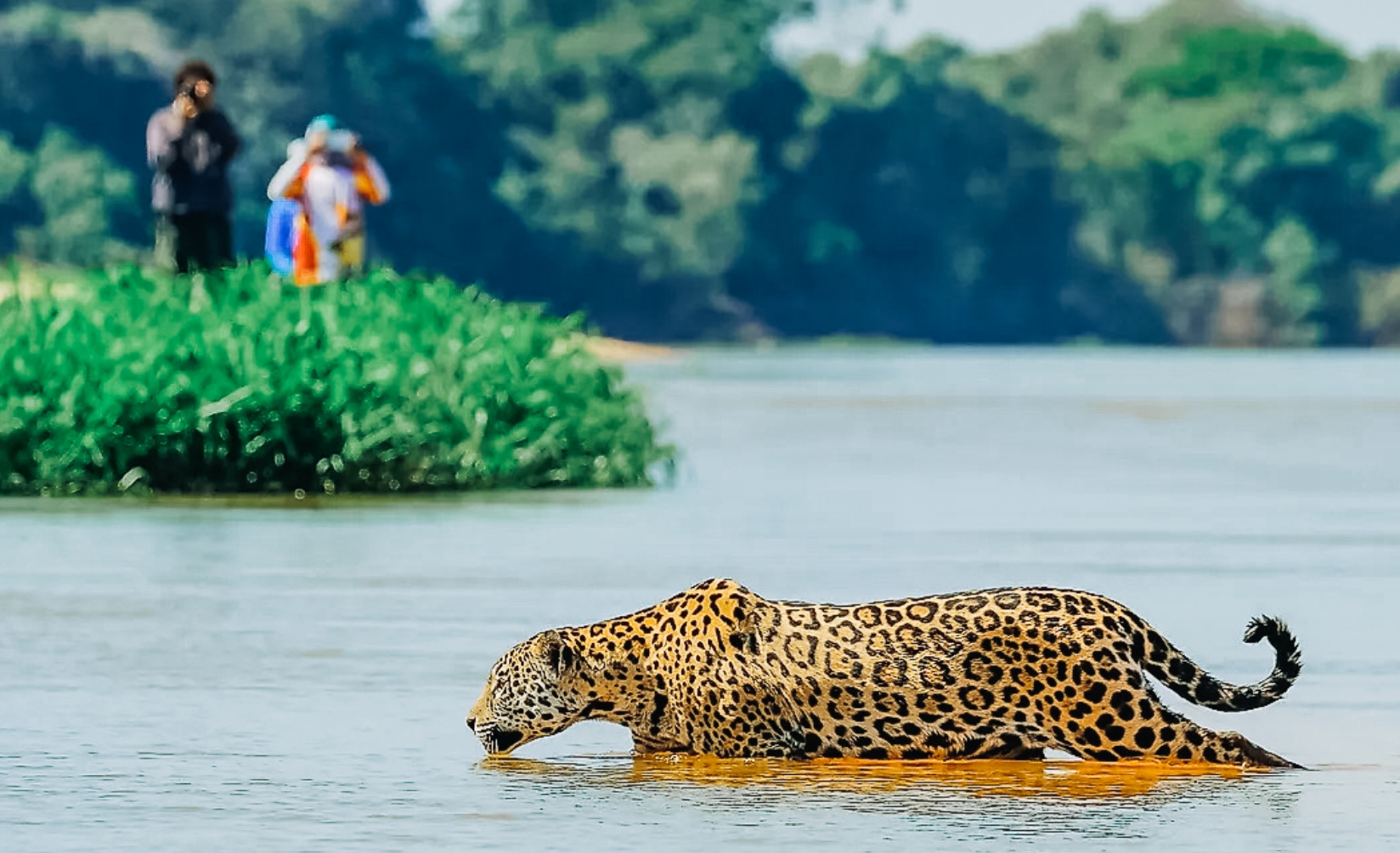
The Pantanal wetlands and Amazon rainforest are top destinations for conscious travel. The Pantanal is prime for wildlife sightings including jaguars, macaws, puma, howler monkeys, and anteaters. Excursions consist of small groups and do not interrupt animal movement or activity.
There are also many conscious cultural experiences that contribute to the stability and maintenance of indigenous farming practices necessary to maintain the beauty of Brazil’s biodiversity. Travel to Brazil consciously with EXP Journeys. Contact us today to plan your next journey.
